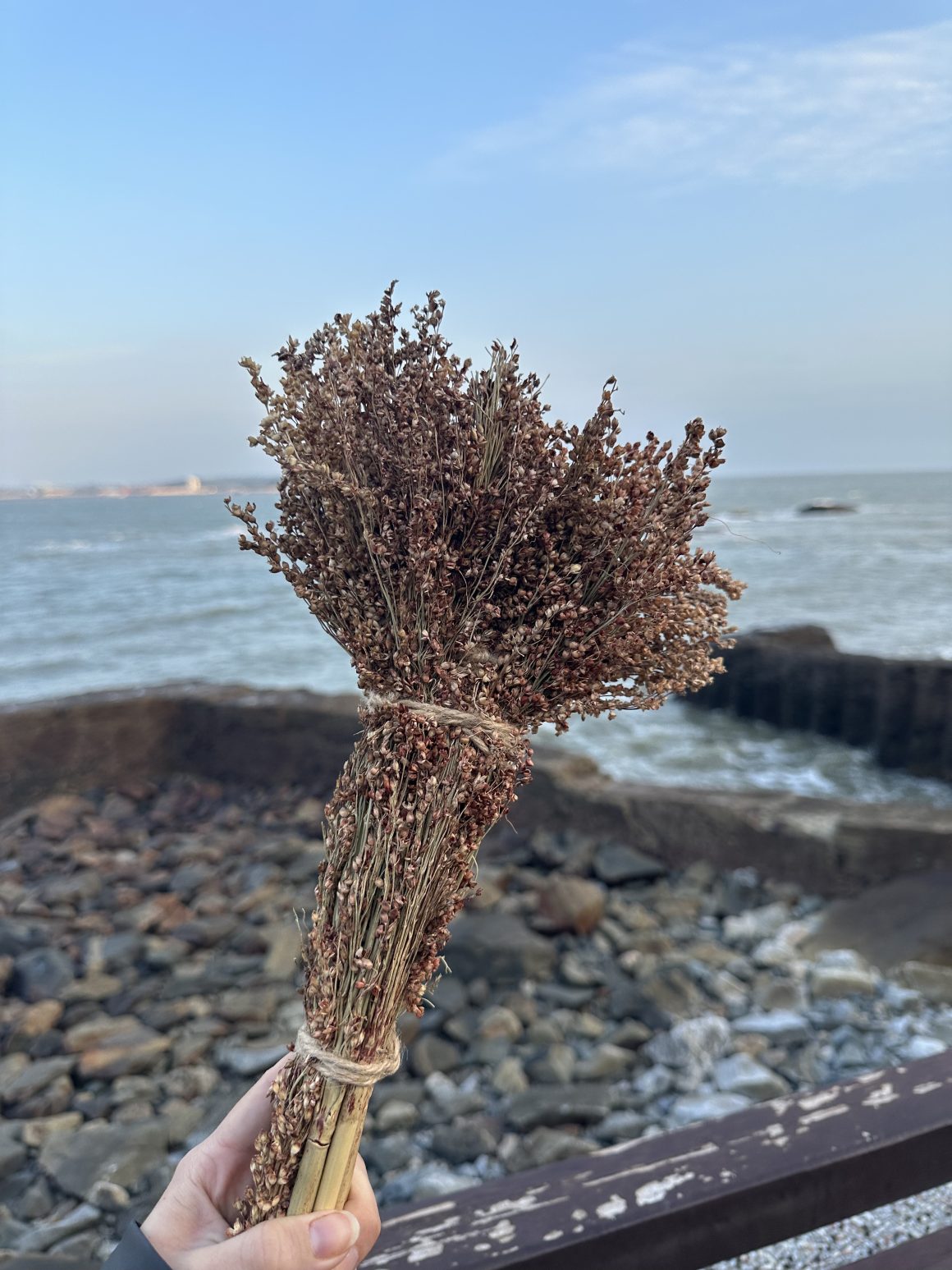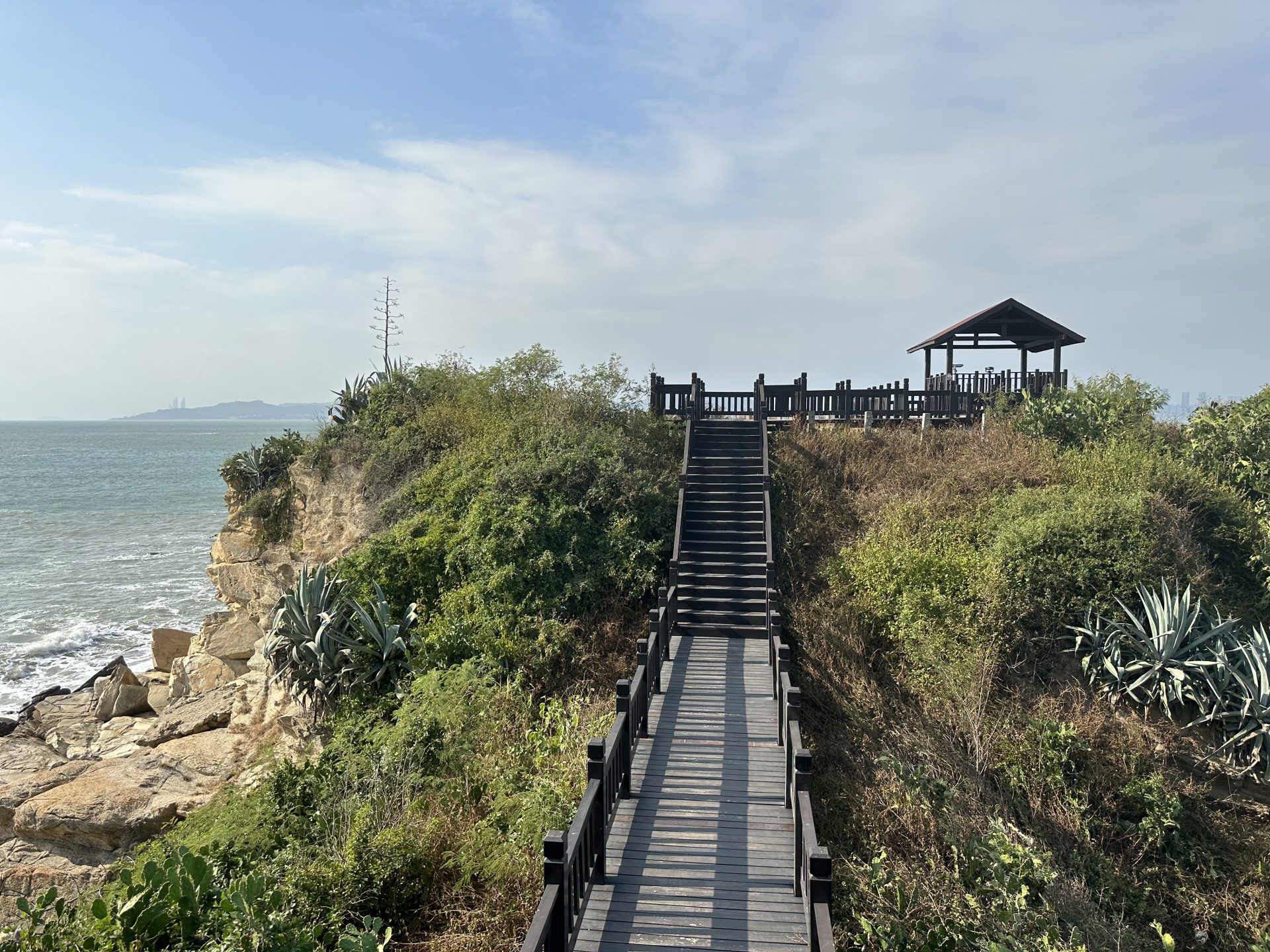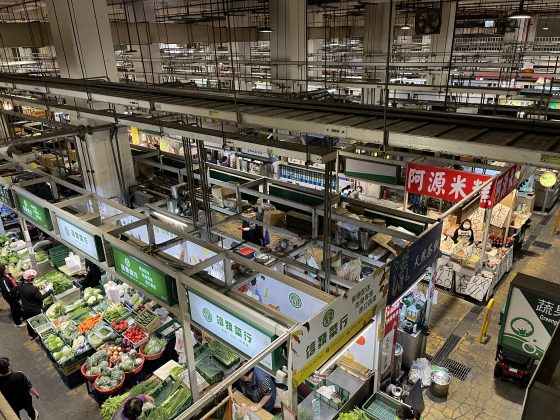Author / Photographer Alice Herait
On a rainy Monday morning in Taipei, I snuck into the packed brown line of the Metro Railway System (MRT) of Taiwan’s capital, to Songshan airport. From here, I met with a group of alcohol and tourism’s industry representatives, and we embarked on a short trip to Kinmen islands, Taiwan’s most western point and also the closest to Mainland China. An hour later, we were welcomed by our guide, and also a beautiful sunshine.
Unlike myself, not many in the group had been to Kinmen before. As we made our first stops to the brand-new Kinmen bridge, and to at a local restaurant, everyone in the group seemed to brace themselves for this journey’s ultimate goal: discovering the many aspects of the islands’ notorious sorghum liquor, the one that hits you at every sip, the Kaoliang.
As relatively few travelers set foot in China without tasting the famous “Maotai”, one rarely travels to Taiwan without being offered a shot of 58 degree “Kaoliang”. This experience usually results in leaving the party with a strong feeling of one’s esophagus being stripped. As far as I remember from my trip in Mainland China a decade ago, drinking bad quality Maotai felt like a punishment, and some might say the same for Kaoliang. But to me, the Taiwanese liquor reveals interesting flavors, and according to local Kinmenese, doesn’t leave behind hangovers.
Both Maotai and Kaoliang are strong alcohol made from sorghum and belong to the family of what Chinese people call “Zhongshi Baijiu (中式白酒)” or literally “Chinese white wine”. And as for wine made from grapes, the taste and quality of a Baijiu differ according to the variety of sorghum and the brewing methods existing throughout China and Taiwan. During this journey, we had the opportunity to try a variety of Kaoliang, from the spiciest to the smoothest, from the newest to the oldest, while discovering Kinmen’s beautiful scenery.
“Why are you so found of Kinmen?” My Taiwanese friends often ask me.
My passion for the little archipelago began not long after I moved to Taiwan, four years ago. As we often report on the tumultuous relationship between Taipei and Beijing, foreign journalists like to rush to Kinmen. Most of them want to have a sense of what the people living on this little group of islands, remaining under Taipei’s authority despite being surrounded by China, think about the other side. Whenever talking about Kinmen, the proximity with China can’t be omitted: the giant neighbor is just 6 kilometers away, and during this trip, one common topic of discussion between our guide and us remained the possibility of a bridge between China and Kinmen.
For many people in Taiwan, Kinmen is nothing but a former military base. It symbolizes a painful past, when Taiwan was still under martial law. Still, Kinmen has much more to offer than deserted military infrastructures. During my numerous trips there, I not only discovered sumptuous landscapes, incredibly well-preserved Min-nan architecture dating back from the Qing dynasty, many free museums, but also delicious food and of course, Kinmen’s famous Kaoliang liquor.
Every local in Kinmen could be a Kaoliang ambassador, as the simple fact of being registered in Kinmen allows you to sell the liquor. But some people, and particularly the younger generation, don’t want to reduce their islands to an alcohol market. They embrace a mission of revealing to Taiwanese the attractiveness of their underrated hometown. Chen Jia-yang, is one of them. On his Kaoliang tour, one can discover the rich culture around the liquor: in the afternoon, you’ll learn how to create a broom out of sorghum, as many Kinmenese did in the past and a tradition that Chen Jia-yang wants to pass on. At night, cheering with locals, you could discover regional snacks and drinking games.

“At the beginning, Kinmen had no such activity” says Chen Jia-yang. “In 2014, we were the first one. After other business own by young people came out. Doing marketing helps, more and more people are interested in visiting Kinmen.”
For this young Kinmenese, developing a business in Kinmen is not only a way to re-evaluate the island’s attractiveness, but mostly a move to tackle his homeland’s ageing population: “Like many rural areas, Kinmen is an aging place and old people struggle to take care of their grandchildren. The best way to tackle this issue is to come back to Kinmen and to invest here. If nobody comes here, this place will never be developed”.
On the second day of our little journey, we had the opportunity to try first-hand the “Houpu district soldier’s banquet”(後浦商圈總兵宴高粱餐酒宴), one of Kinmen’s brand-new activities: a gourmet lunch accompanied with Kaoliang, followed by a Kaoliang testing. The head of this new project is Wu Bo-yang (吳伯揚), a former worker in Kaoliang’s industry, a businessman, and also, a local politician. Talking to M. Wu, we get a sense of how strongly he believes in his land’s rich memory and cultural history, something he wants to pass on. “We want to go to Kyoto to experience its culture. We want to go to Rome, and we want to visit different continents. It’s all because there’s a certain culture in each place. I want to allow more people to come to Kinmen and say, ‘Wow, Kinmen is great, fun, and full of historical culture”.
The banquet gathered exclusively local dishes from shops nearby. A way to discover all the best Kinmen delicacies in just one meal. Among them, the famous Guangdong Congee (廣東粥) and oysters thin noodles (蚵仔麵線) were placed among many dishes that include taro, also one of Kinmen’s special ingredient. For each snack, Mr. Wu could advise you on which type of Kaoliang you should drink, so you’ll get the perfect pairing.
Back in the days, drinking Kaoliang emboldened the soldiers stationed on the frontline. “The military came up with the idea to use the sorghum for brewing liquor, as they enjoyed drinking and it kept them warm during the cold winters. This is how sorghum liquor culture originated” says Wu Bo-yang, referring to the time when the Kuomintang settled 100,000 soldiers on the small archipelago in order to refrain China to take Taiwan. “Even though the soldiers would eventually leave, the sorghum fields remained” offering today’s tourists, an ultimate drinking experience.












